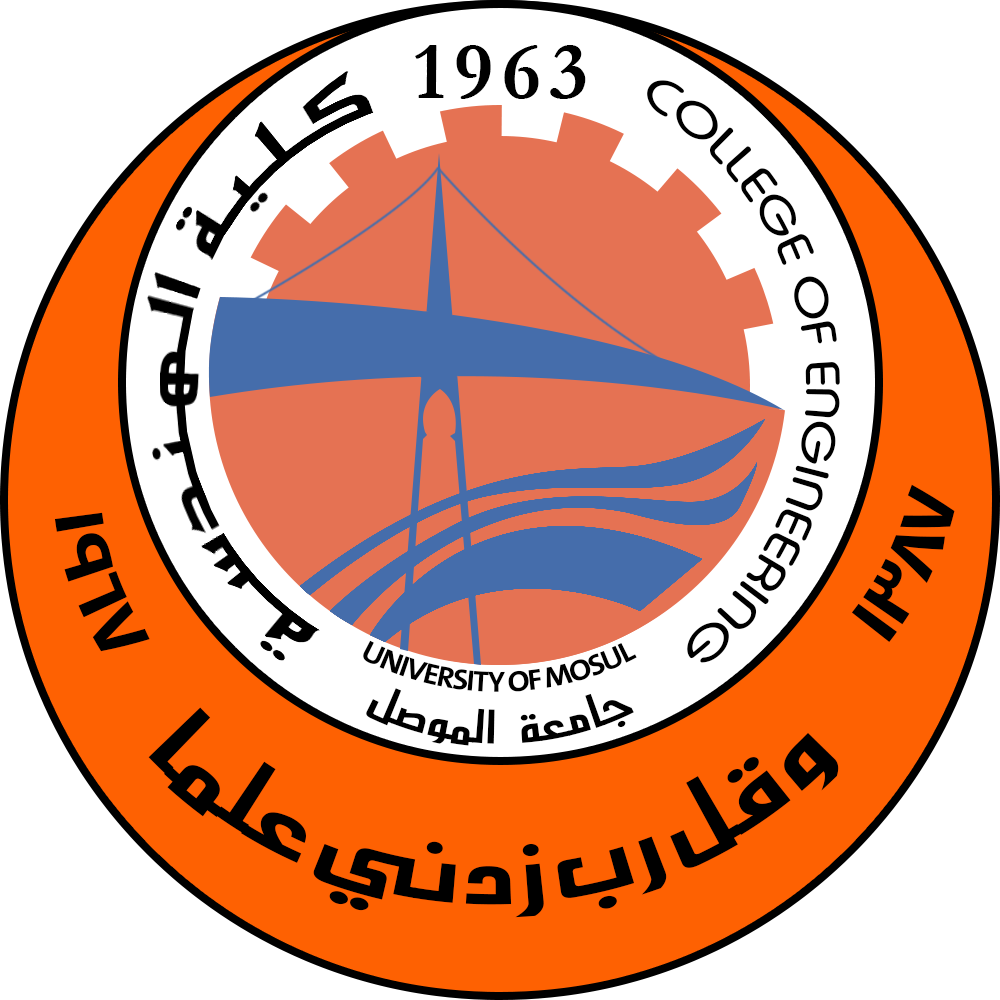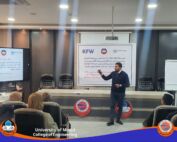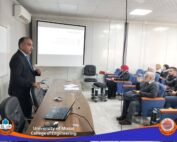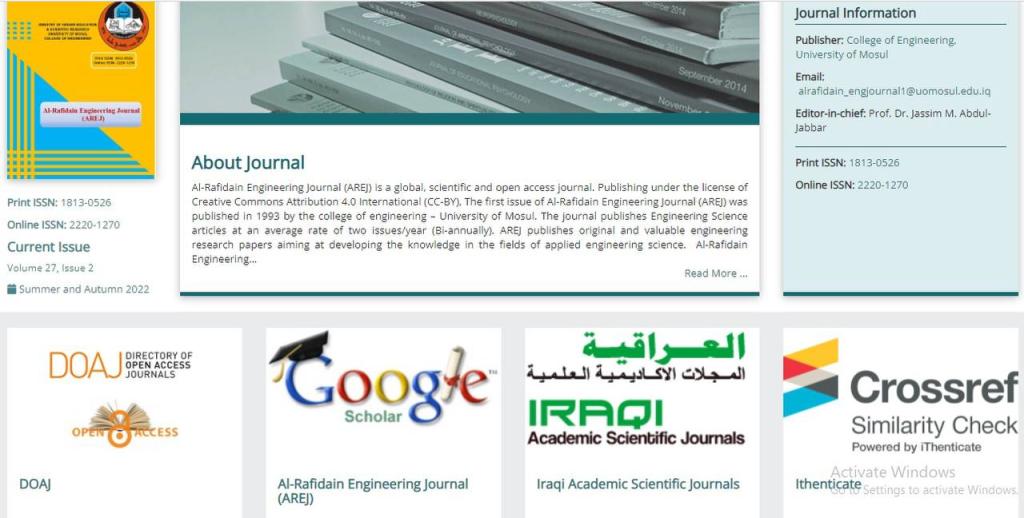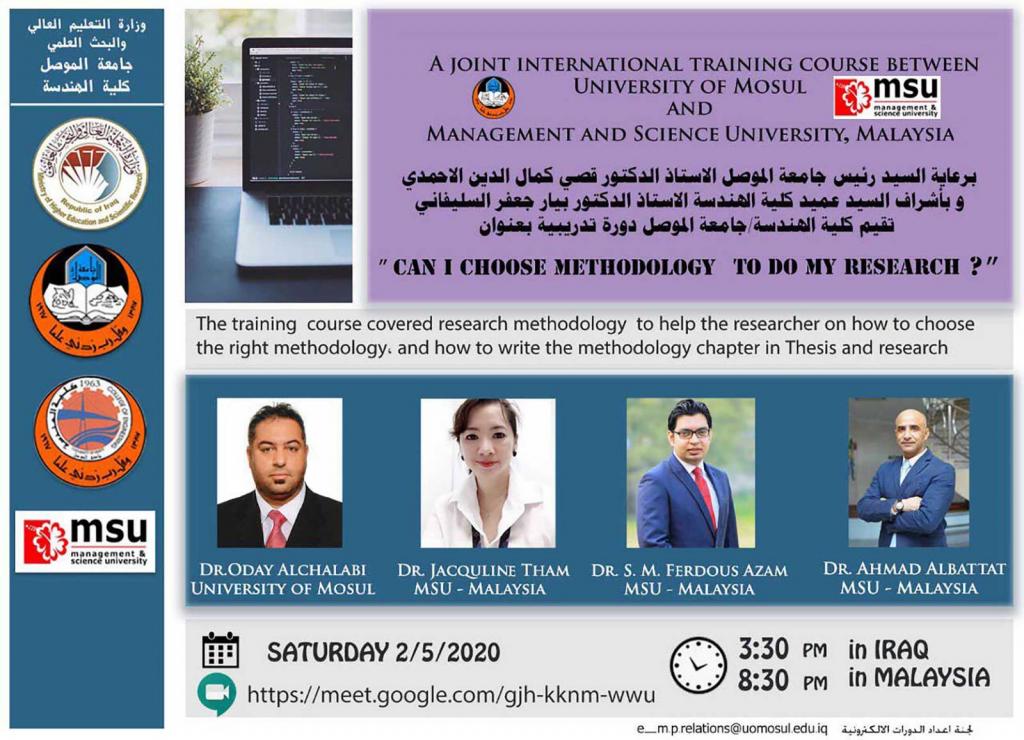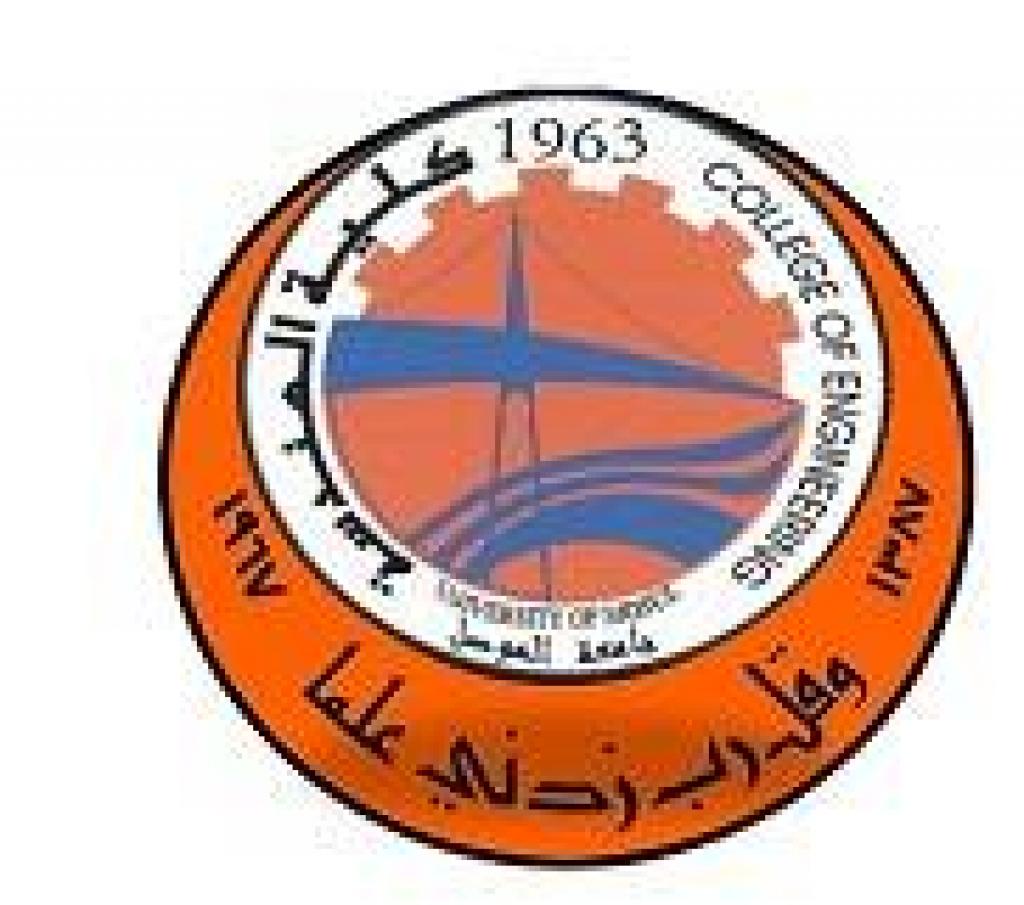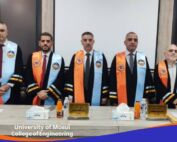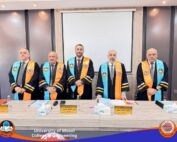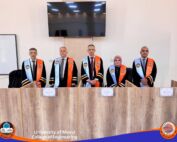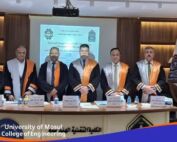21 November، 2021
Master thesis on “Modeling and Benchmarking of Various SDN Controllers to Select the Most Suitable for 5G Networks”
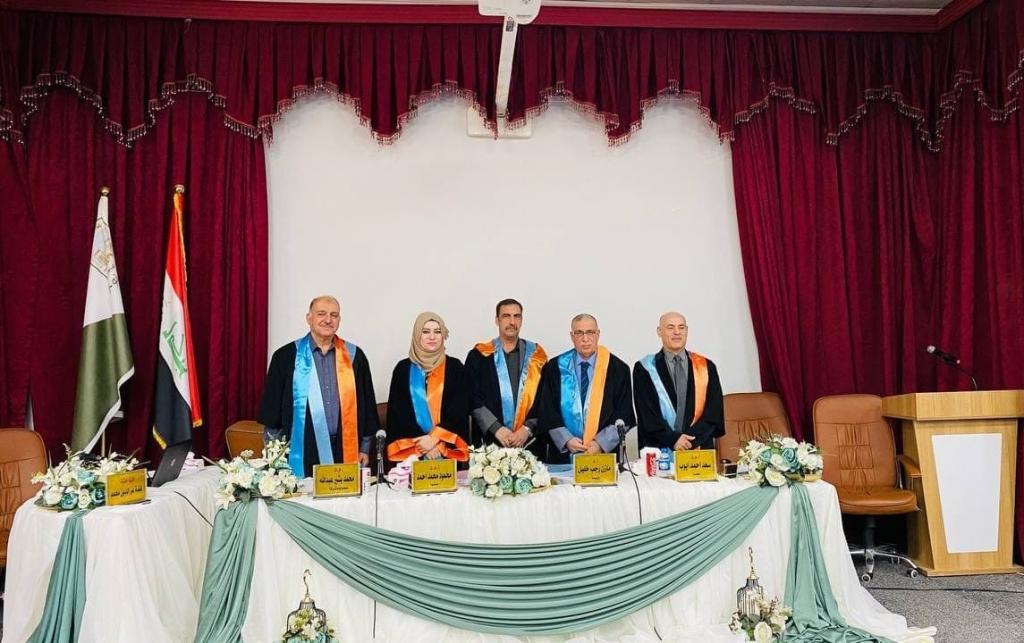
A master thesis was discussed in Department of Electrical Engineering / College of Engineering / University of Mosul entitled “Modeling and Benchmarking of Various SDN Controllers to Select the Most Suitable for 5G Networks” submitted by postgraduate student (Fidha Ezzaldin Mohammed Abbas), supervised by Dr. Mohammed Basheer Abdullah Al-Somaidai on Sunday, Nov. 21, 2021.The thesis included the performance of five of the most prominent SDN controllers, POX, RYU, OpenDayLight (ODL), Open Network Operating System (ONOS) and Floodlight, was evaluated in both wireless linear topology and custom topology. In linear topology, different network sizes were used. The custom topology used to implement SDN in one of the 5G network frequencies, with four different speeds scenarios of the mobile devices (standstill state, people walking speed 4.5 km/h, vehicle speed 60 km/h and a mixture between standstill, people walking, and vehicle speeds) using mininet-WiFi emulator.The results of linear topology clarified that the ONOS and RYU controllers showed the best performance for throughput at large sizes of the network (linear75 and linear100) with The highest value (10.5 Mbits/sec) and the lowest value (Mbits/sec 8.1) through different sizes of the network, followed by the Floodlight controller. They also showed the best performance for jitter. RYU controller showed the best performance in terms of RTT delay with the lowest value (1.2 msec) and the highest value (17.5 msec) through different network sizes and the best packet loss performance with increasing network size.The custom topology results showed that the RYU and ODL controllers outperform other controllers in terms of delay (with lowest delays of 1.4 msec and 1.5 msec respectively, and highest delays of 3.4 msec and 4 msec respectively) during the four scenarios.The results of the comparison showed the effect of the speed of mobile devices on the performance of the controllers. Throughput of the controllers at vehicle speed for the devices decreased by 17% compared to the standstill state. Delay also decreased by 64% for ONOS, 56% for RYU, 79% for POX, 62% for ODL and 69% for Floodlight for the vehicle speed and standstill of the devices. In addition to reduce the performance for other parameters.
